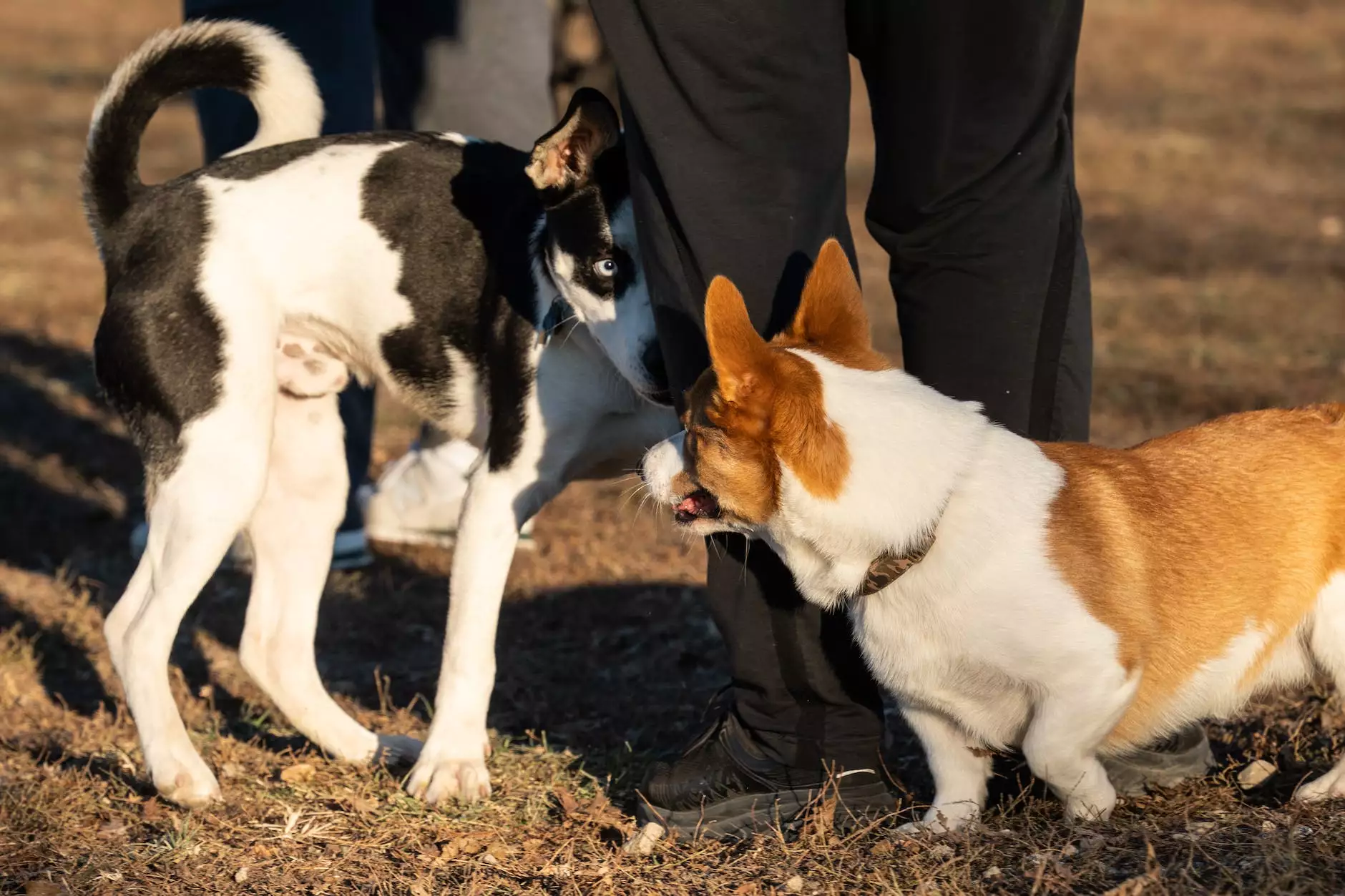What's the Best Way to Store Dog Treats?

Introduction
As pet owners, we all want to provide the best care for our furry friends, including the treats we give them. Whether you're a dog owner or a professional in the pet industry, understanding the best practices for storing dog treats is crucial to maintain their freshness and quality. In this comprehensive guide, Exotico Savannahs, a trusted provider of pet products and information, shares valuable insights and tips to help you keep your dog's treats as delicious as the day you bought them.
Why Proper Dog Treat Storage Matters
Proper storage of dog treats is important for several reasons:
- Freshness: Storing treats correctly helps preserve their freshness and prevent them from becoming stale or spoiled.
- Quality: Well-preserved treats retain their original flavor, texture, and nutritional value, ensuring that your dog receives the best possible snack.
- Hygiene: Proper storage practices minimize the risk of contamination and prevent the growth of harmful bacteria or mold.
General Guidelines for Storing Dog Treats
Follow these guidelines to keep your dog's treats fresh and safe:
- Read the Label: Always check the packaging and follow any specific storage instructions provided by the treat manufacturer.
- Airtight Containers: Store dog treats in airtight containers to prevent them from being exposed to air and moisture, which can lead to spoilage.
- Cool and Dry Location: Choose a cool, dry place away from direct sunlight, as exposure to heat and light can accelerate the degradation process of treats.
- Avoid Freezing: While some treats can be safely frozen, freezing can affect their texture and taste. Check the label or consult with a veterinarian before freezing dog treats.
- Rotate Treats: To ensure freshness, use treats in a first-in, first-out (FIFO) order. Place newer treats at the back of the container and use the older ones first.
- Avoid Mixing Treats: Different types of treats may have varying moisture levels, which can affect their storage requirements. Keep different treats separate to maintain their individual qualities.
Specific Tips for Different Types of Treats
1. Soft and Chewy Treats
Soft and chewy treats are prone to drying out and becoming stale faster than other types of treats. Here's how you can keep them fresh:
- Re-Sealable Bags: Opt for treats that come in re-sealable packaging to retain their moisture and prevent air exposure. If the original packaging doesn't have this feature, transfer the treats to an airtight ziplock bag.
- Avoid Refrigeration: Unless specified on the packaging, refrigeration can cause soft treats to lose their texture and become unappetizing.
2. Hard and Crunchy Treats
Hard and crunchy treats have a longer shelf life compared to soft treats, but they still require proper storage. Consider the following tips:
- Sealed Containers: Store hard treats in airtight containers to prevent them from absorbing moisture or going stale.
- Keep Away from Heat and Light: Exposure to heat and light can make hard treats go stale faster. Store them in a cool, dark place.
3. Freeze-Dried Treats
Freeze-dried treats have a unique texture and require specific storage conditions to maintain their quality:
- Resealable Bags or Containers: Seal freeze-dried treats in their original packaging or transfer them to airtight containers to protect them from moisture and air.
- Avoid Rehydration: Do not add water or any liquid to freeze-dried treats unless specified on the package. Rehydration can affect their texture and spoil them faster.
Frequently Asked Questions (FAQ)
1. Can I use the original packaging for storage?
While some treat manufacturers provide packaging designed for storage, it's essential to evaluate the packaging's quality and airtightness. If it doesn't meet your requirements, transfer the treats to a suitable, airtight container.
2. How long can I store dog treats?
The shelf life of dog treats varies depending on the type and brand. Always refer to the packaging for specific information. It's recommended to use treats within their recommended period for optimal quality and safety.
3. Should I refrigerate all types of dog treats?
No, refrigeration is not necessary for all types of treats. Follow the specific storage instructions provided by the treat manufacturer. Refrigeration can affect the texture and flavor of certain treats, so it's essential to know the specific requirements.
4. Can I store homemade dog treats in the same way?
Homemade dog treats should be stored following similar guidelines. Ensure they are completely cooled before storage and choose appropriate containers to maintain their freshness.
In Conclusion
Proper storage of dog treats is essential to maintain their freshness, flavor, and nutritional value. By following the guidelines provided by Exotico Savannahs, you can ensure that your furry friend always receives the highest quality treats for training, rewarding, and overall happiness. Remember to check the treat packaging for specific storage instructions and opt for airtight containers to protect them from air and moisture. With these simple yet vital practices, you can extend the lifespan of your dog's favorite snacks and provide them with delicious treats every time.




